|
|
As the world’s population continues to surge, urban areas face unprecedented challenges in accommodating the needs and aspirations of their inhabitants.
Rapid urbanization brings with it a host of complex issues, including increased strain on resources, inadequate infrastructure, traffic congestion, and diminished quality of life.
To overcome these hurdles, urban planners and policymakers must devise innovative solutions that foster sustainable and livable cities.
The phenomenon of high population density offers a unique opportunity to reimagine urban spaces, harness their potential, and create inclusive communities.
In this article, we explore cutting-edge urban planning solutions tailored to address the challenges posed by high population density. From smart technologies and green infrastructure to mixed-use developments and transit-oriented design, we delve into diverse strategies that promote sustainable urbanization.
Smart Technologies for Efficient Urban Management
In the era of digital transformation, smart technologies play a crucial role in managing urban areas efficiently. Integration of data-driven systems allows urban planners to make informed decisions and optimize resource allocation.
By harnessing the power of real-time data, cities can improve energy management, reduce waste, and enhance overall efficiency.
Integration of Data-Driven Systems for Better Resource Management
One key aspect of smart technologies is the integration of data-driven systems for better resource management.
By collecting and analyzing data from various sources, such as sensors, satellite imagery, and social media, urban planners can gain insights into resource utilization patterns. This enables them to make informed decisions regarding energy distribution, waste management, and water conservation.
For example, data analysis can help identify areas with high energy consumption, allowing targeted interventions to reduce energy waste. Similarly, real-time monitoring of waste management systems can optimize collection routes and reduce unnecessary trips, minimizing fuel consumption and carbon emissions.
Smart Grids and Energy-Efficient Infrastructure
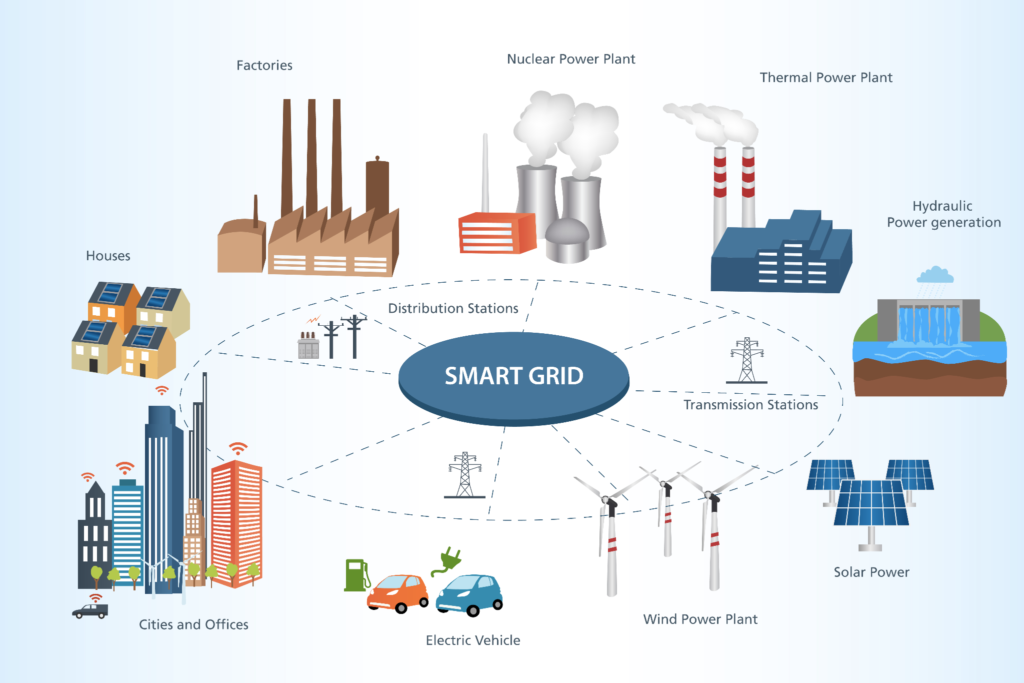
Smart grids are another important component of efficient urban management. They enable the integration of renewable energy sources and facilitate energy distribution based on demand patterns.
Incorporating renewable energy generation, storage systems, and smart meters can optimize energy consumption, reduce dependence on fossil fuels, and enhance the resilience of the energy infrastructure.
Additionally, energy-efficient infrastructure, such as smart buildings with automated systems for lighting and climate control, further contributes to reducing energy consumption and greenhouse gas emissions.
Intelligent Transportation Systems to Alleviate Traffic Congestion
Traffic congestion is a major issue in densely populated areas, leading to increased travel times, air pollution, and frustration among commuters.
Intelligent transportation systems (ITS) offer innovative solutions to alleviate traffic congestion and enhance mobility. Leveraging advanced technologies such as traffic sensors, real-time data analysis, and adaptive traffic signal control may help control traffic flow, identify bottlenecks, and implement dynamic traffic management strategies.
This leads to reduced congestion, improved air quality, and enhanced overall mobility. Additionally, ITS can provide real-time travel information to commuters, allowing them to make informed decisions about their routes and modes of transportation.
Use of Technology for Improving Public Services and Citizen Engagement
Smart technologies also play a vital role in improving public services and citizen engagement. Online platforms and mobile applications enable residents to report issues, access information, and participate in decision-making processes.
For example, citizens can use mobile apps to report potholes or malfunctioning streetlights, allowing authorities to address these issues promptly.
Furthermore, these platforms facilitate transparent communication between the government and the community, ensuring that citizens are well-informed about ongoing projects and urban development plans.
By incorporating citizen feedback into the urban planning process, policymakers can ensure that the needs and concerns of the community are addressed effectively. This not only improves the efficiency of public services but also fosters a sense of ownership and belonging among residents.
Green Infrastructure for Sustainable Urbanization
As urban populations grow, preserving and enhancing green spaces becomes crucial for maintaining a high quality of life.
Green infrastructure refers to the strategic incorporation of natural elements into urban environments, providing a range of environmental, social, and economic benefits.
Incorporating Green Spaces and Parks for Improved Air Quality and Mental Well-Being

Integrating green spaces, such as parks, gardens, and urban forests, into cities has numerous benefits.
These green areas improve air quality by filtering pollutants and sequestering carbon dioxide. They also regulate temperatures by providing shade and evaporative cooling, mitigating the urban heat island effect.
Moreover, green spaces enhance mental well-being by providing opportunities for recreation, relaxation, and contact with nature. Access to green areas has been linked to reduced stress, improved cognitive function, and better overall mental health.
Urban Farming and Rooftop Gardens for Food Security and Sustainable Living
Urban farming and rooftop gardens offer additional opportunities for sustainable urbanization. By transforming underutilized spaces into productive agricultural areas, cities can enhance food security, reduce food miles, and promote a connection with nature.
These initiatives not only provide fresh, locally grown produce but also serve as educational and social hubs. Urban farming can be integrated into educational institutions, where students learn about sustainable farming practices and the importance of healthy food choices.
Rooftop gardens not only provide a green space for residents but also help regulate building temperatures, reduce stormwater runoff, and improve air quality.
Sustainable Drainage Systems for Effective Stormwater Management
In high-density urban areas, managing stormwater runoff is crucial to prevent flooding and water pollution.
Sustainable drainage systems, such as green roofs, permeable pavements, and rain gardens, play a vital role in effective stormwater management. These systems allow rainwater to infiltrate the ground naturally, reducing the burden on conventional drainage systems.
By mimicking natural water cycles, they mitigate the risk of flooding, improve water quality, and recharge groundwater aquifers. Additionally, these systems can be designed as aesthetically pleasing elements of the urban landscape, enhancing the overall visual appeal of the city.
Importance of Biodiversity Conservation in Urban Areas
Preserving and enhancing biodiversity in urban environments is vital for ecological resilience and the well-being of both humans and wildlife. Urban areas can support diverse ecosystems by incorporating green corridors, wildlife habitats, and native plant species.
Biodiversity-friendly design principles, such as creating green corridors between parks and natural areas, provide safe passage for wildlife and promote genetic diversity. Urban areas that prioritize biodiversity conservation experience enhanced ecosystem services, including pollination, pest control, and improved water quality.
Additionally, these green spaces offer opportunities for educational and recreational activities, fostering a deeper connection between residents and nature.
Mixed-Use Developments and Compact City Design
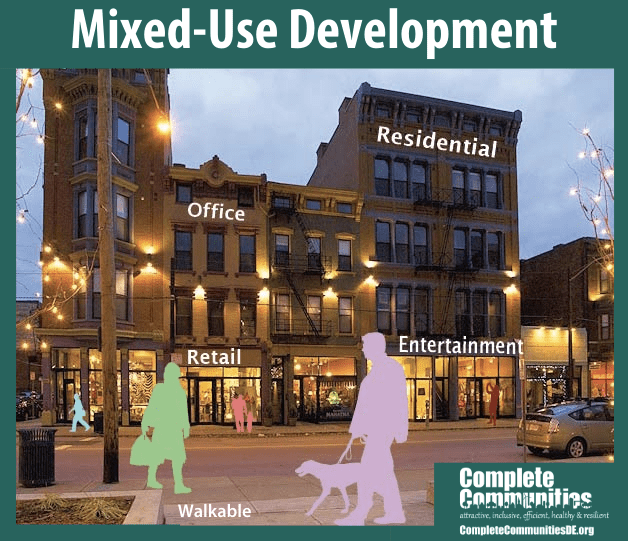
The concept of mixed-use developments and compact city design has gained significant traction in urban planning. These approaches aim to optimize land use, reduce sprawl, and enhance the livability of urban areas.
Benefits of Mixed-Use Developments in Reducing Commuting Distances and Promoting Walkability
Mixed-use developments integrate residential, commercial, and recreational spaces within the same neighborhood. This reduces the need for long commutes, as residents have access to a diverse range of amenities and services within walking distance.
Promoting walkability encourages physical activity, reduces traffic congestion, and improves air quality. Additionally, mixed-use neighborhoods foster social interaction and a sense of community as residents live, work, and socialize in close proximity.
Designing Compact Cities to Optimize Land Use and Minimize Environmental Impact
Compact city design focuses on optimizing land use and minimizing environmental impact.
By promoting higher-density development and reducing urban sprawl, cities can make the most efficient use of available land. This approach has several benefits, including reduced infrastructure costs, improved energy efficiency, and enhanced accessibility to public services.
Compact cities are designed to have a mix of land uses, including residential, commercial, and recreational areas, within a compact footprint. This reduces the need for long-distance travel and encourages the use of public transportation and active modes of transportation, such as walking and cycling.
Transit-Oriented Design for Efficient Mobility
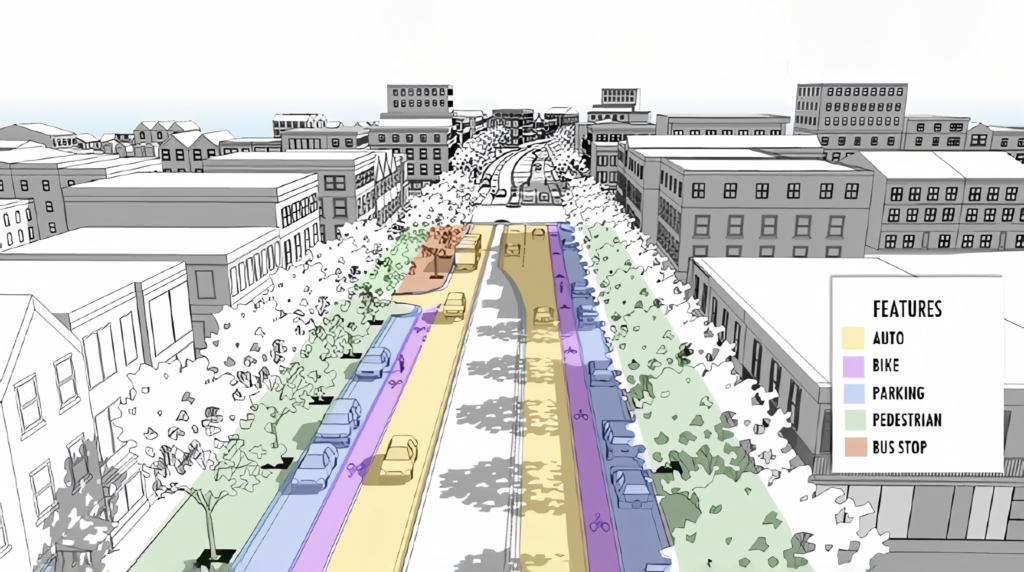
Efficient mobility is a key factor in ensuring the accessibility and livability of urban areas. Transit-oriented design (TOD) focuses on designing cities around public transportation systems to reduce dependence on private vehicles.
Locating Residential and Commercial Spaces Near Transit Stations
TOD emphasizes the strategic location of residential, commercial, and recreational spaces near transit stations.
This design approach encourages the use of public transportation and reduces the reliance on private vehicles.
Convenient access to transit options provides residents with easier and more sustainable ways to travel within the city and beyond. This not only reduces traffic congestion but also improves air quality and reduces carbon emissions.
Investing in Efficient and Reliable Public Transportation Systems
Well-connected and accessible public transit networks are crucial for the success of TOD. Cities need to invest in efficient and reliable public transportation systems, including buses, trams, subways, and light rail.
These systems should provide frequent and reliable service with convenient transfer options. Integrated ticketing systems and real-time passenger information enhance the user experience by allowing seamless transfers and providing up-to-date travel information.
Additionally, cities can prioritize the development of pedestrian-friendly infrastructure, dedicated bike lanes, and bike-sharing programs to further enhance mobility options and reduce the reliance on private vehicles.
Community Engagement and Participatory Planning
Engaging residents and stakeholders in the urban planning process is essential for creating inclusive and sustainable cities. Participatory planning involves engaging the community in decision-making, empowering them to shape their neighborhoods and public spaces.
Fostering Meaningful Dialogue and Collaboration
Community engagement goes beyond public consultations. It involves fostering meaningful dialogue, building trust, and creating opportunities for collaboration.
Local communities should be involved in all stages of urban planning, from the initial visioning process to the implementation and monitoring of projects. This participatory approach ensures that the planning process reflects the needs and aspirations of the community.
Through workshops, focus groups, and interactive sessions, residents can share their ideas, concerns, and local knowledge, enriching the planning process and leading to better outcomes.
Incorporating Citizen Feedback for Effective Decision-Making
Incorporating citizen feedback is crucial for effective decision-making in urban planning. Online platforms, surveys, and public meetings provide opportunities for residents to voice their opinions, suggest improvements, and provide feedback on proposed projects.
This not only improves transparency but also ensures that the planning process is responsive to the community’s needs.
By involving residents in decision-making, urban planners can create a sense of ownership and empowerment, fostering a stronger connection between residents and their neighborhoods.
Conclusion
As urban populations continue to grow, the need for innovative urban planning solutions becomes increasingly urgent.
By harnessing the potential of smart technologies, green infrastructure, mixed-use developments, transit-oriented design, and community engagement, cities can overcome the challenges posed by high population density.
These solutions promote sustainable and livable cities where residents can thrive and enjoy a high quality of life.
It is imperative for policymakers, urban planners, and citizens to embrace these innovative approaches and work together to shape the future of urbanization. By doing so, we can create cities that are not only efficient and resilient but also inclusive and harmonious places for all.




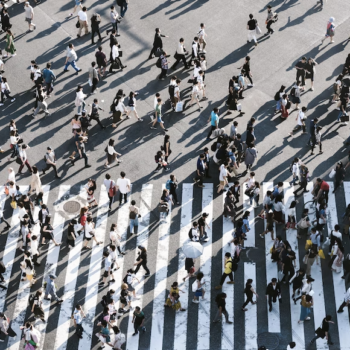
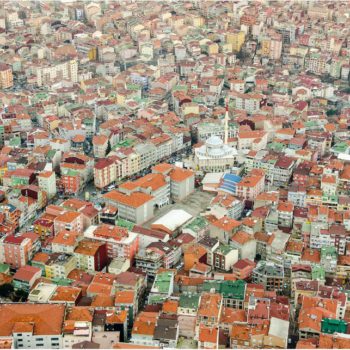
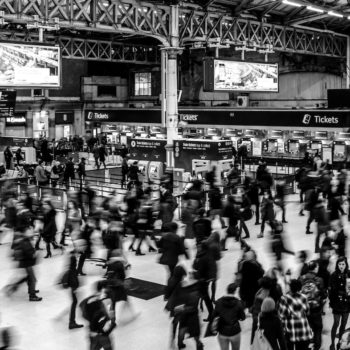
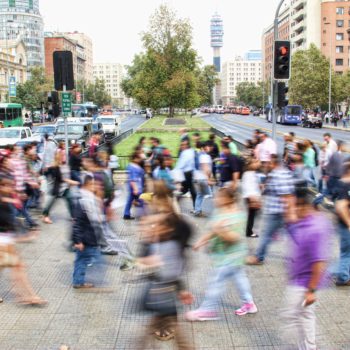
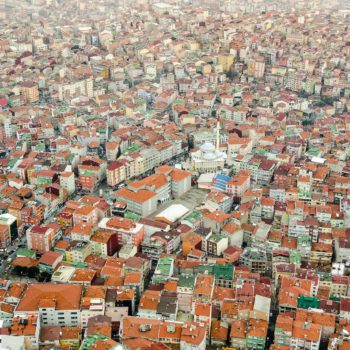
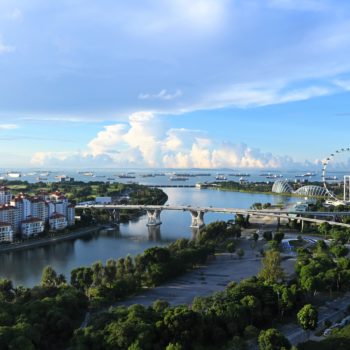


No Comments